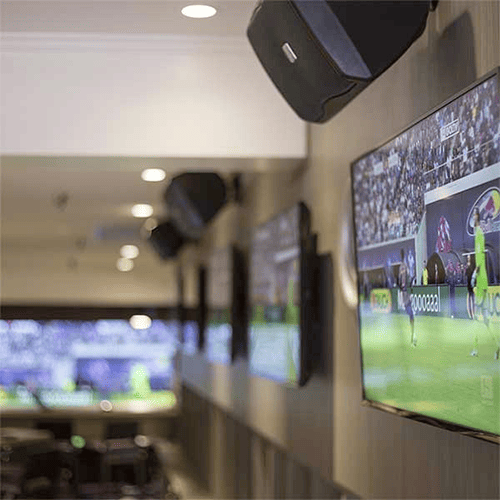The initial step in successful camera installation is to locate vulnerable areas within the retail space. Such locations often include entry points and exit points, cash counters, and sections where expensive products are showcased. By placing cameras in such areas, retailers can monitor customer actions and spot suspicious conduct. Additionally, cameras at entry points can capture footage of people coming into and exiting the store, which is crucial for recognizing potential shoplifters. This preventive strategy aids in reducing theft and ensuring a safe environment.
A further key consideration is the type of camera used in the store environment. Various types of cameras serve different purposes. For instance, dome-shaped surveillance cameras are often used for indoor surveillance because they are more noticeable and can monitor a wide area. Conversely, bullet surveillance cameras are best for external application, as they are more visible and can discourage criminal activity. Retailers should assess their particular requirements and select the appropriate surveillance device types to ensure comprehensive monitoring of the retail space.

In addition to surveillance camera models, the angle and height at which cameras are mounted have a crucial role in their effectiveness. Cameras should be set at a level that enables for clear visibility of faces and activities without being easily tampered with. A common recommendation is to mount surveillance devices at least 8 to 10 ft off the ground. Furthermore, cameras should be tilted to monitor as wide area as possible while preventing areas without coverage. This tactical placement ensures that all zones of the retail space are observed, offering a complete view of shopper interactions and possible safety threats.
Finally, it is crucial for store owners to regularly review and maintain their monitoring equipment. This includes checking surveillance device performance, ensuring that footage are clear, and refreshing programs as needed. Regular upkeep aids to prevent technical problems that click this link here now could jeopardize security. Additionally, retailers should review recordings periodically to identify trends in shopper actions and possible security risks. By staying proactive and mindful to their monitoring equipment, retailers can create a more secure retail environment and safeguard their resources effectively.